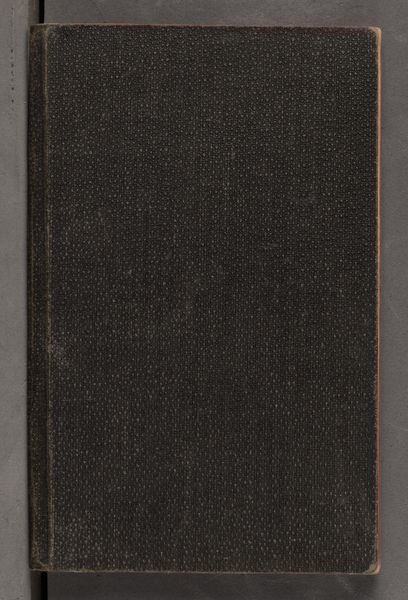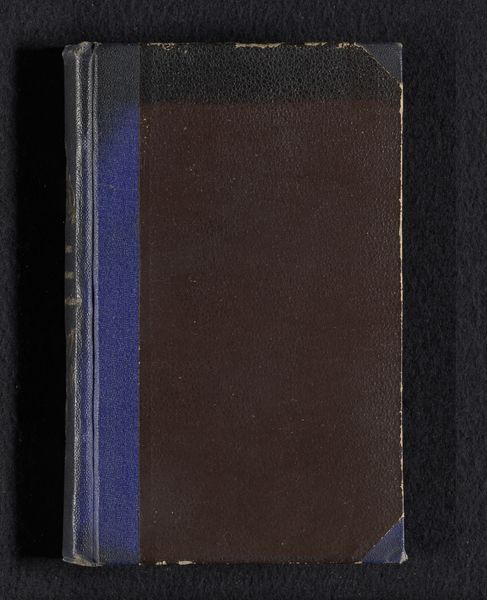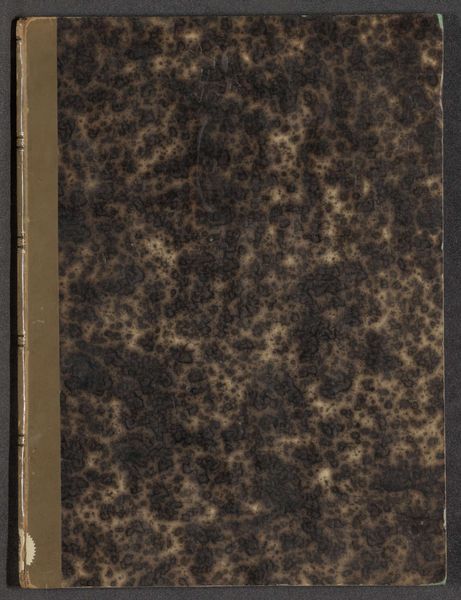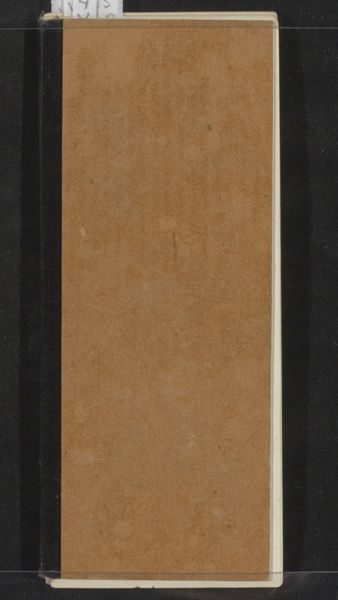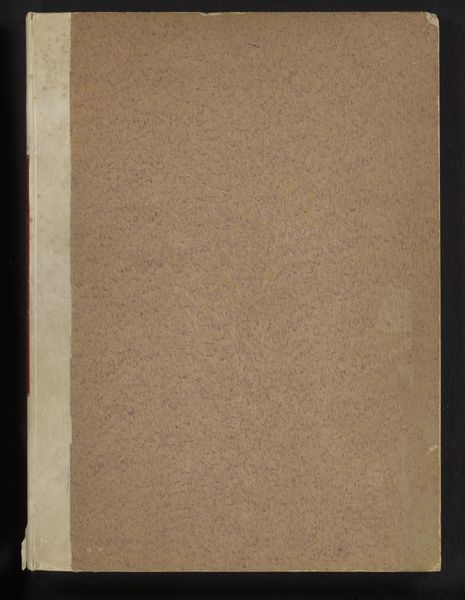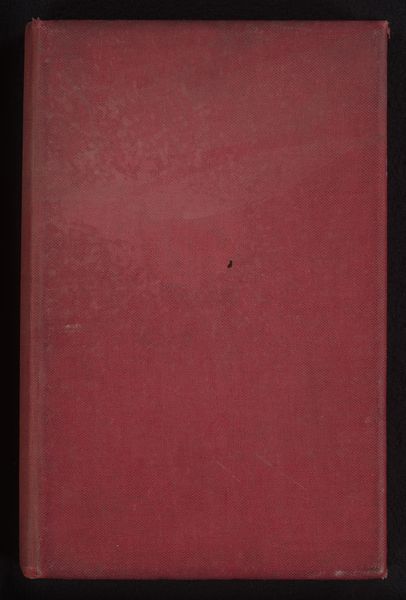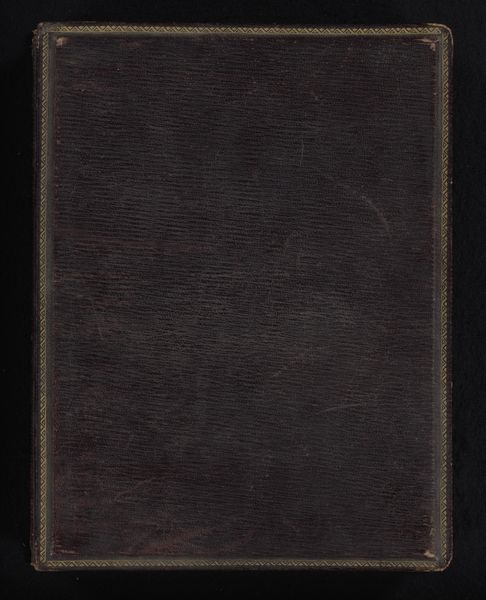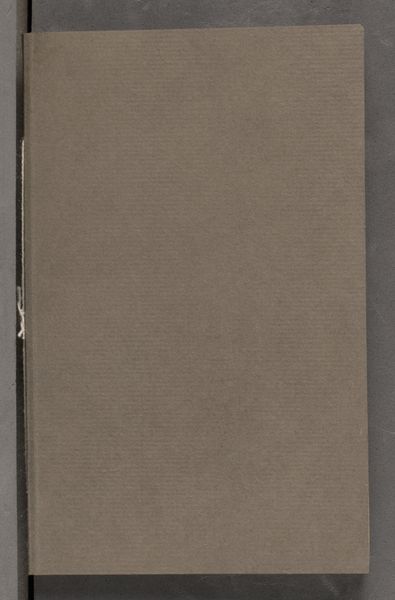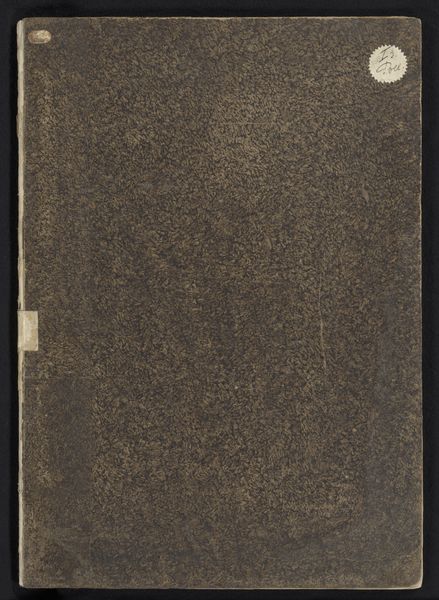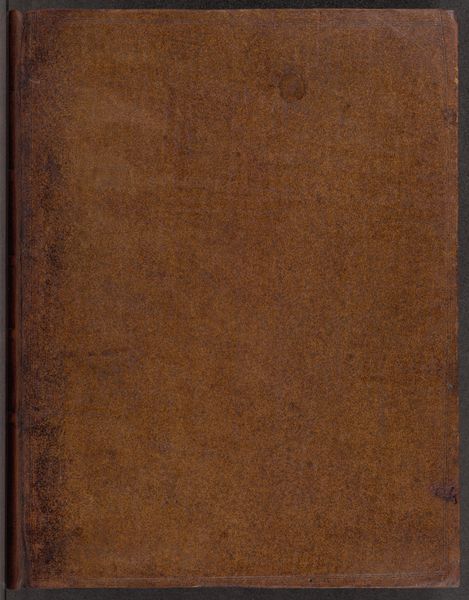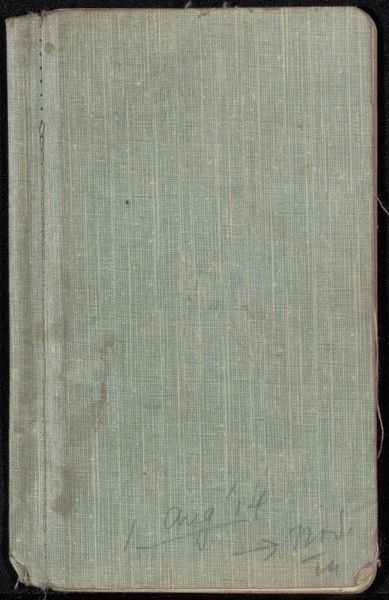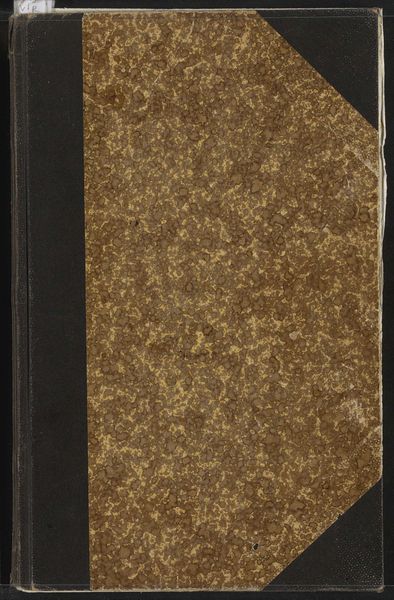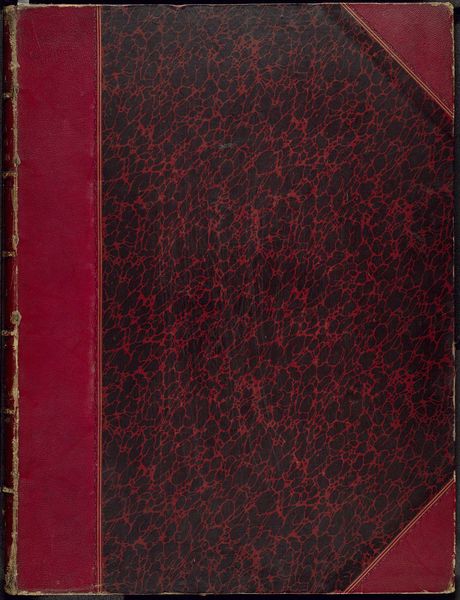
Album with engravings from John Leslie's "De Origine Scotorum" Possibly 1675
0:00
0:00
#
natural stone pattern
#
toned paper
#
abstract painting
# print
#
geometric pattern
#
tile art
#
organic pattern
#
wooden texture
#
natural texture
#
layered pattern
#
organic texture
Copyright: National Gallery of Art: CC0 1.0
Curator: Welcome. Before us we have an artifact from a specific socio-political context: an album featuring engravings from John Leslie's "De Origine Scotorum," likely dating to around 1675. Editor: Immediately, I notice the severe simplicity of the cover. Its muted tones, almost austere presentation, suggest a restraint and formality indicative of the period. It makes me wonder about who it was meant for. Curator: The book, concerning the origins of the Scottish people, was, and remains, of significance. This album would have been bound in a period of intense political upheaval and national identity formation in Scotland and Britain. Its intended audience would likely have been members of the educated elite, perhaps those involved in political and scholarly circles. Editor: It seems almost deliberately…unadorned, yet that could speak volumes about status, the intellectual elite being self-assured, not needing overt flashy displays to signal wealth or authority. Curator: Exactly. We can interpret the lack of elaborate decoration as a statement of purpose, perhaps reflecting a specific political or religious leaning. Ornamentation might have been seen as frivolous, especially in times of social strife. Editor: So, this aesthetic choice may reveal as much as any content found within the album. It makes you think, how much can we read into the binding alone? What stories does the act of covering the art tell, and why aren't these objects equally treated in the discourse? Curator: Precisely. Binding tells a vital story of class and taste; it is one piece in a larger narrative about books as cultural objects, especially at this time when printed materials played a huge role in shaping social, religious and political identities. These physical books and prints had a very public role in discourse, often being circulated and displayed amongst elite circles. Editor: And thinking about the implications now…What's striking is that the binding appears so detached from the charged topics it covered; one might say that that is itself a statement. It leaves me pondering on all that the album witnessed over the centuries, wars of words and literal wars, as it sat silently by, safeguarding the "Origine Scotorum"’s controversial claims about nationhood. Curator: Considering its materiality, design and possible circulation allows us to broaden our perspectives. It challenges us to think critically not only about art history but the politics of representation during periods of conflict. Editor: Indeed, its simple physical presence invites us to examine its complex cultural presence across generations.
Comments
No comments
Be the first to comment and join the conversation on the ultimate creative platform.
